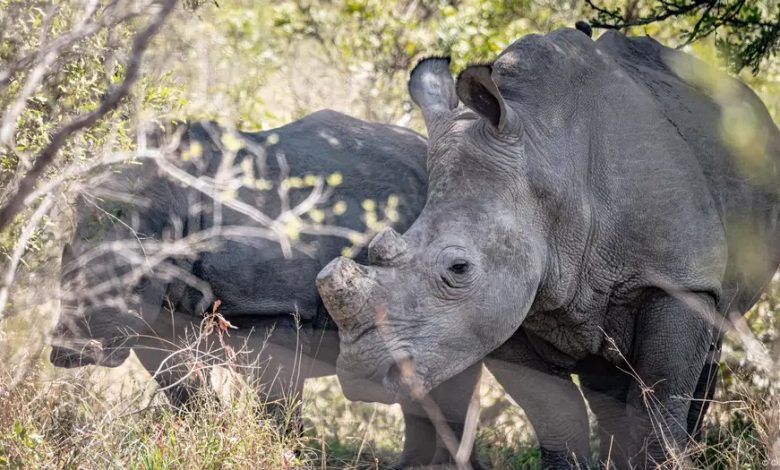Latest rhino count a mixed bag for world’s five species

THE latest global rhino count shows a mixed bag for the world’s five rhino species in Africa and Asia.
The numbers of Black rhinos, found only in the wild in eastern and southern Africa, grew from 6,195 to 6,788.
That’s according to a report published Thursday by rhino specialist groups and commissioned by the CITES secretariat.
The increase of 593 animals is “a win for this critically imperiled species,” the International Rhino Foundation said in reaction to the report.
The global population estimates don’t include rhinos in zoos but rather only those in the wild or in national parks.
The number of greater one-horned rhinos, native to northern India and southern Nepal, also nudged upwards slightly from 4,014 to 4,075.
The greater one-horned rhino is a conservation success story — only around 200 of them remained in India at the beginning of the 20th century.
Now, the largest rhino species on earth is considered to be in recovery, the report finds.
Indonesia’s rhino species on critically endangered
But there is bad news for other rhino species.
Southeast Asia’s rhino species, which are only found in Indonesia, “remain on the edge of extinction,” according to the report.
The population of the Sumatran rhinos is virtually unchanged from 2022 estimates, with just 34-47 animals remaining.
The smallest and only hairy rhino species in found mostly in the dense tropical forest and lowland swamps of the Indonesian island of Sumatra.
Poaching and habitat loss from palm oil plantations seriously threatens their survival.
And the number of Javan rhinos has dropped significantly from an estimated 76 to just around 50, due entirely to poaching.
There is only one known population of Javan rhinos left, at a national park on the Indonesian island of Java.





